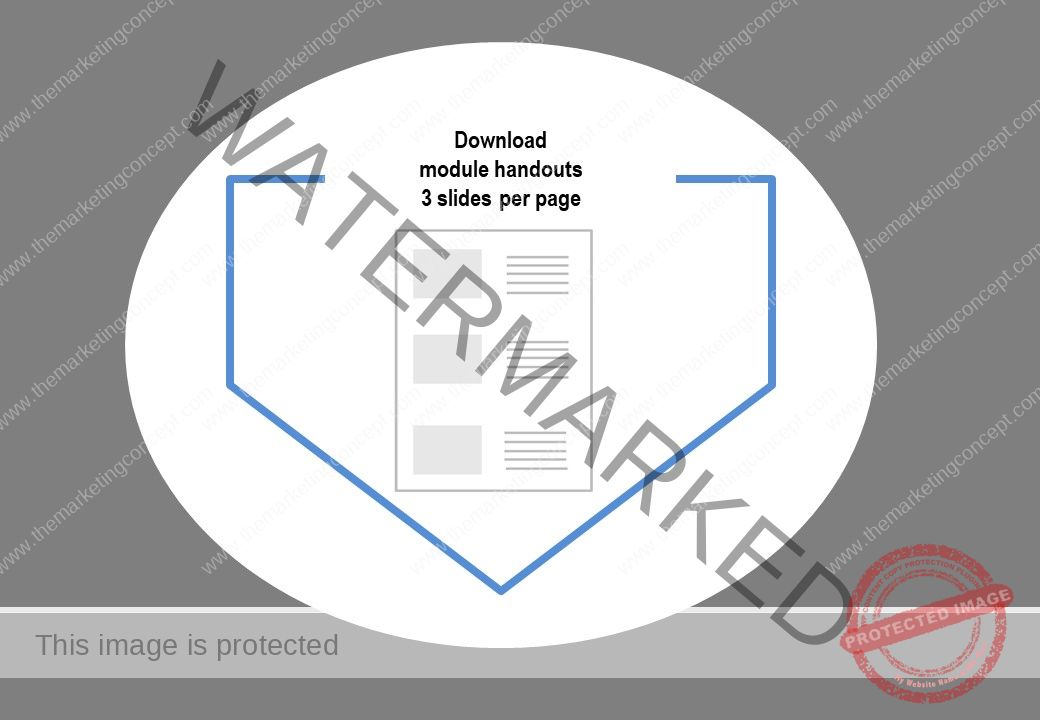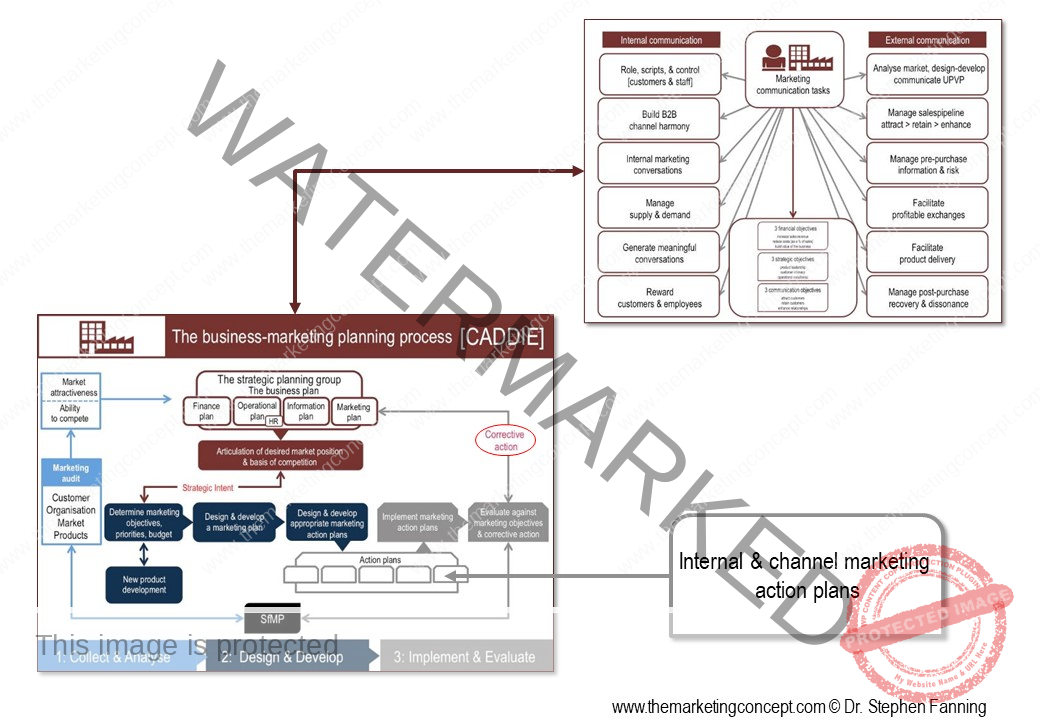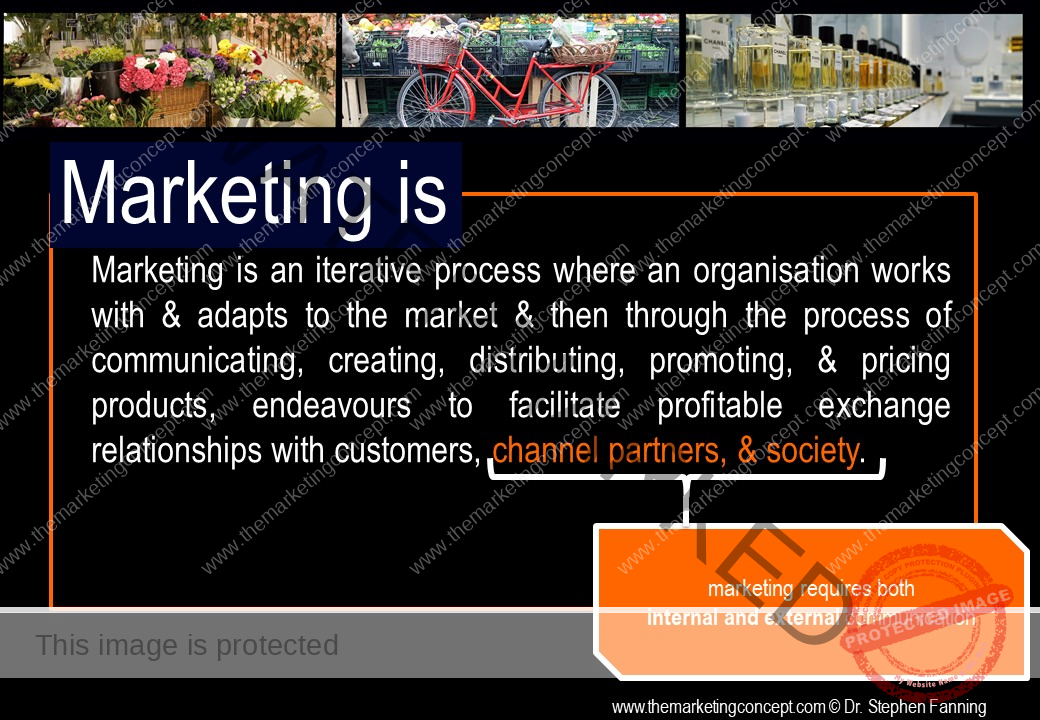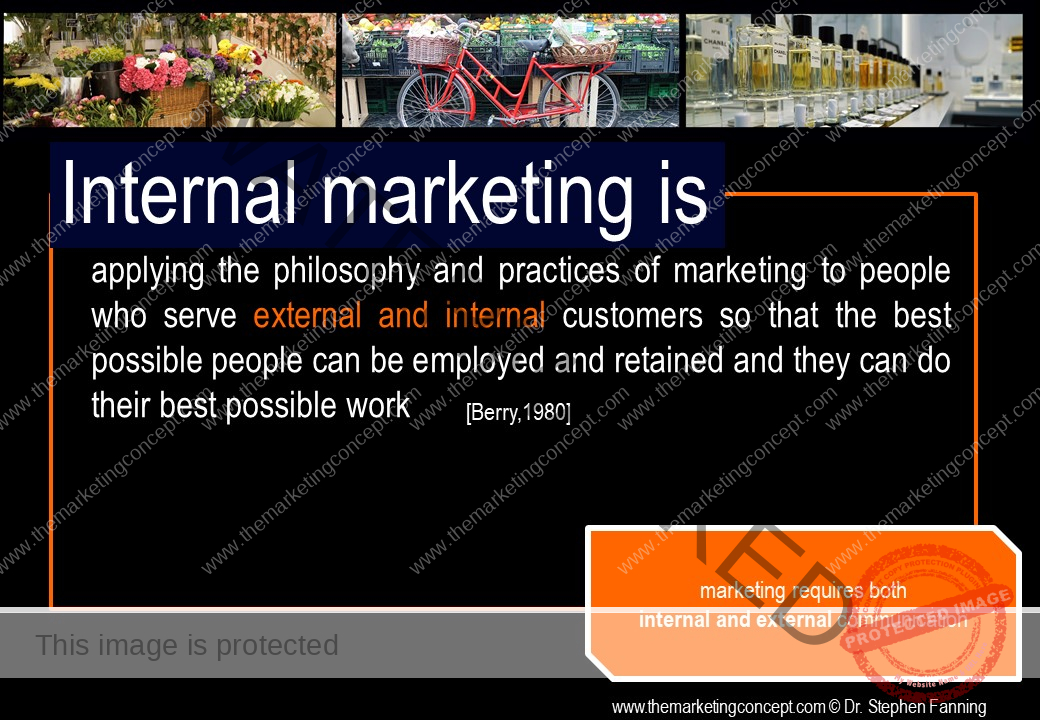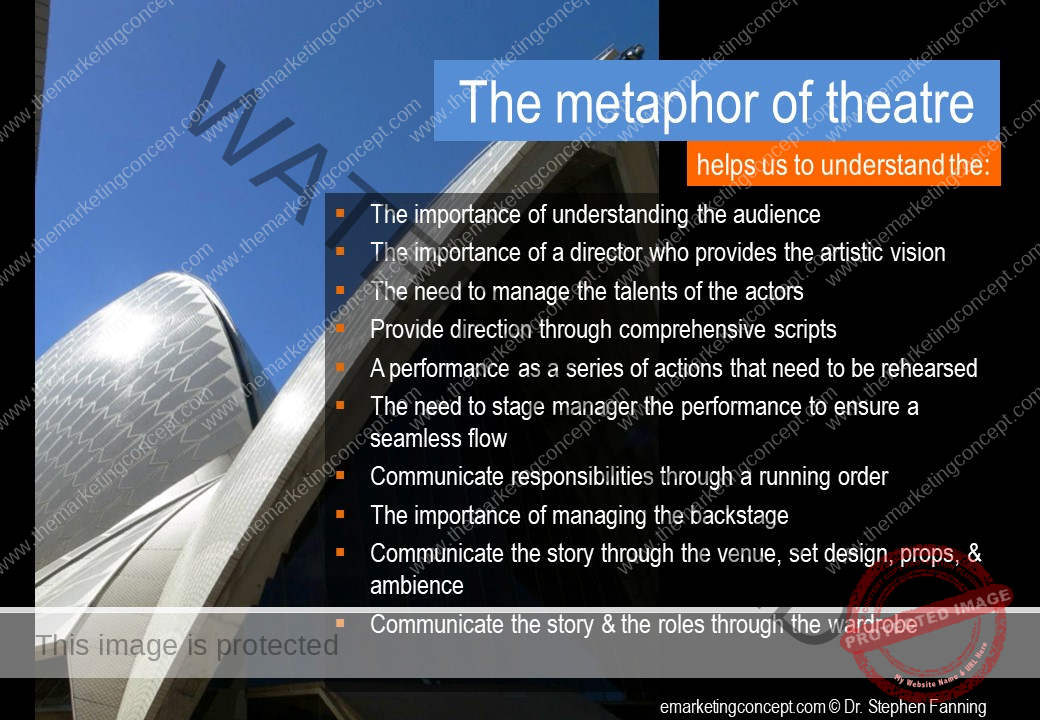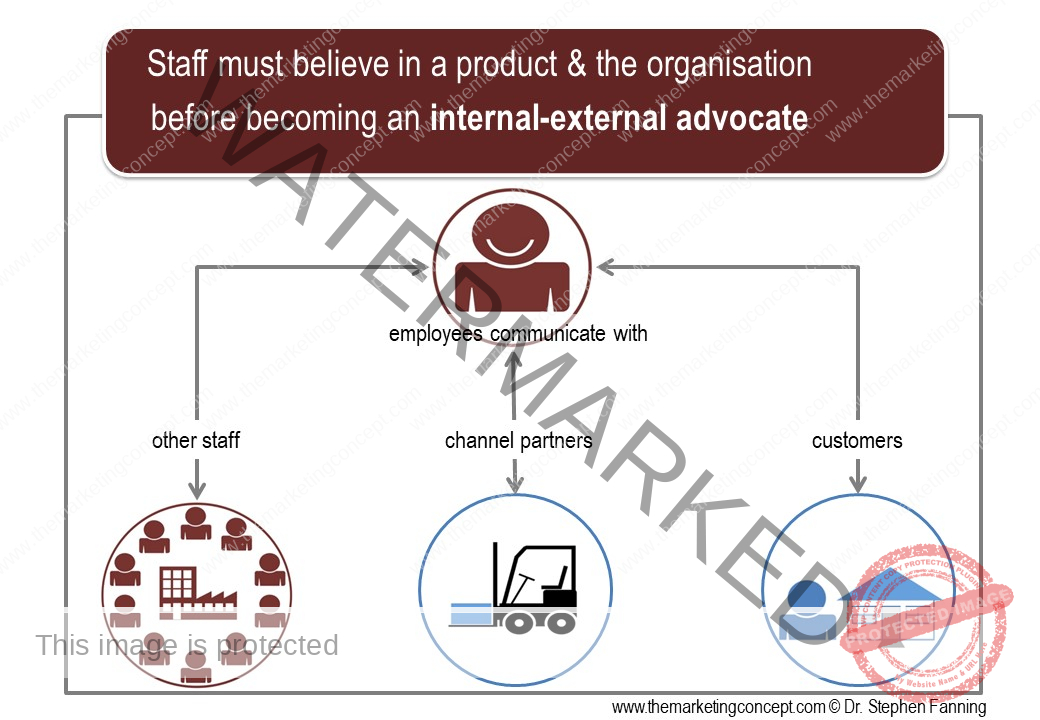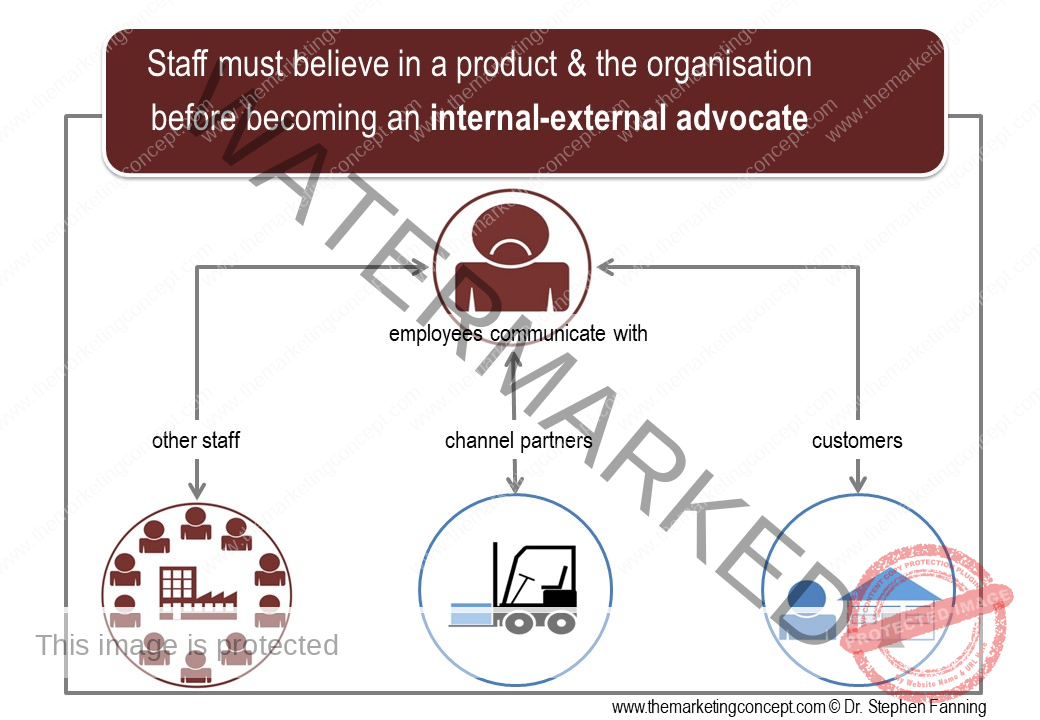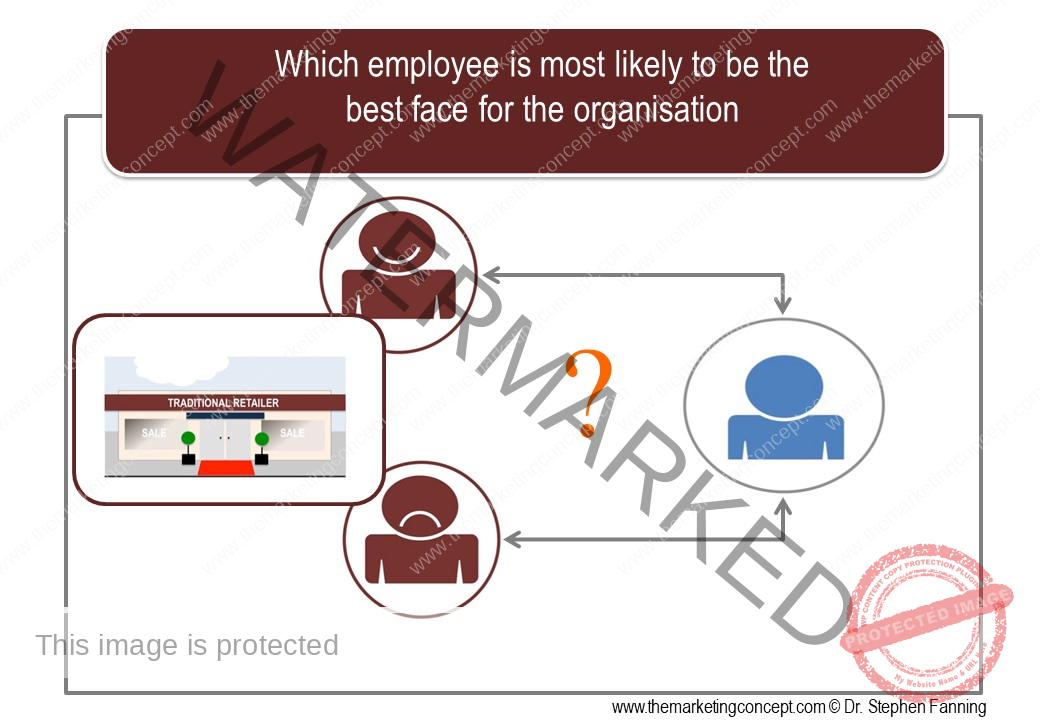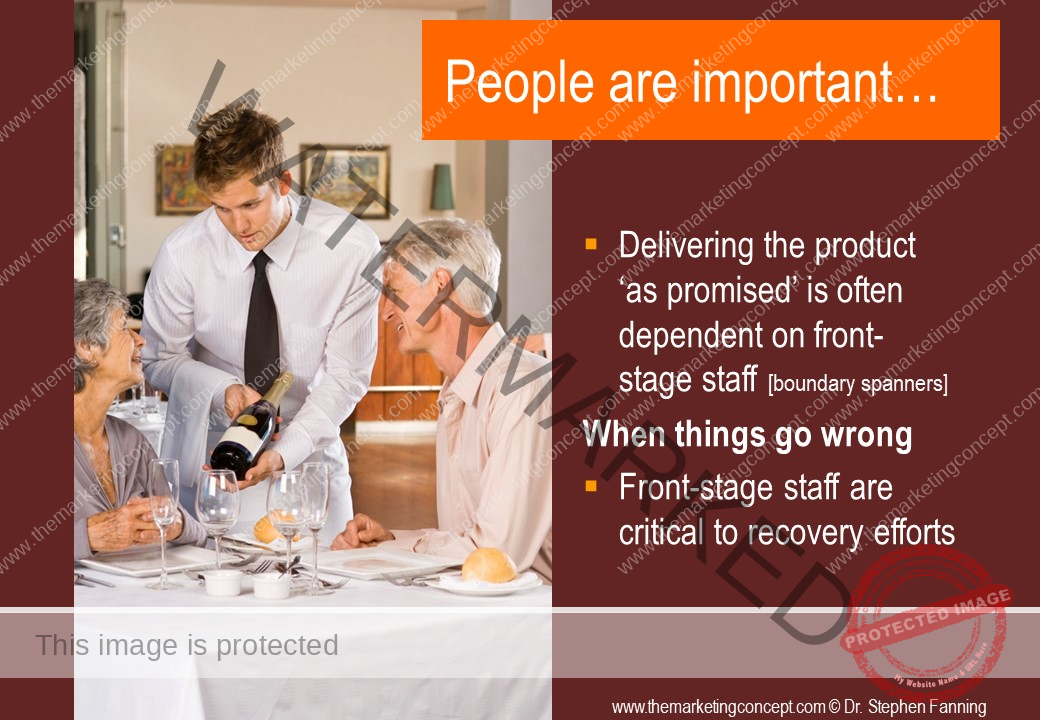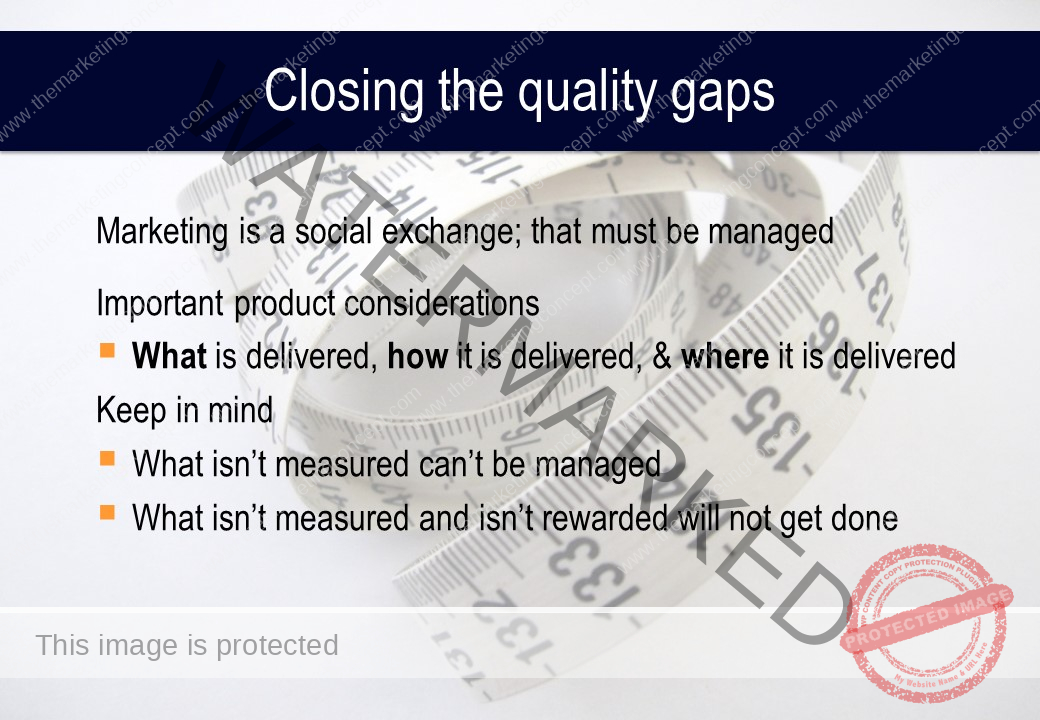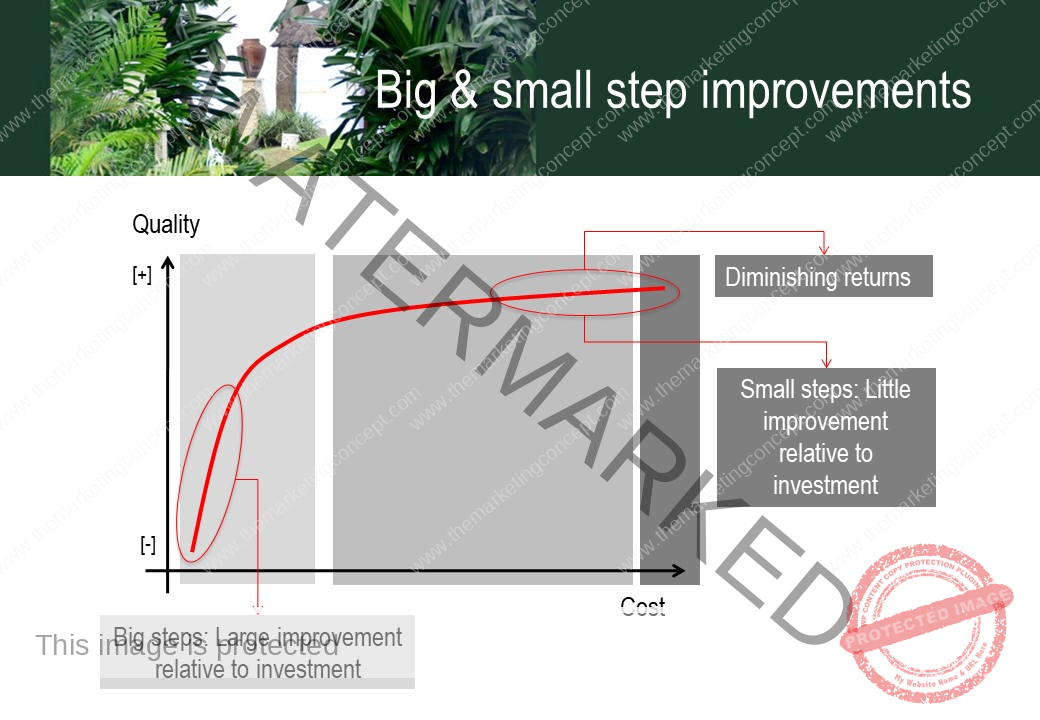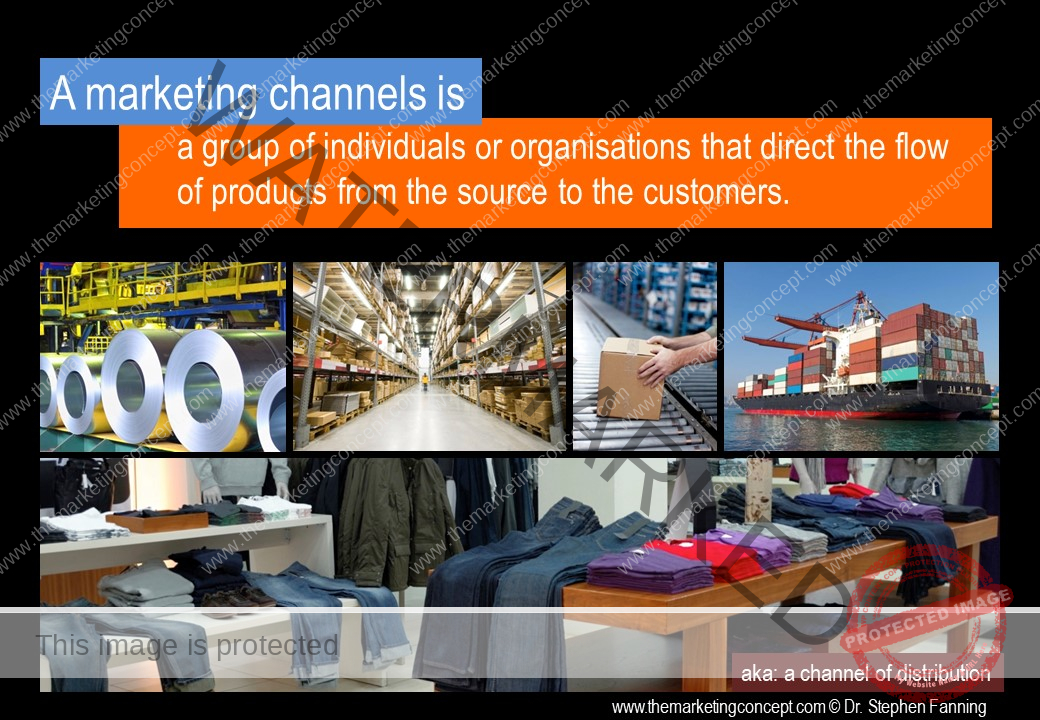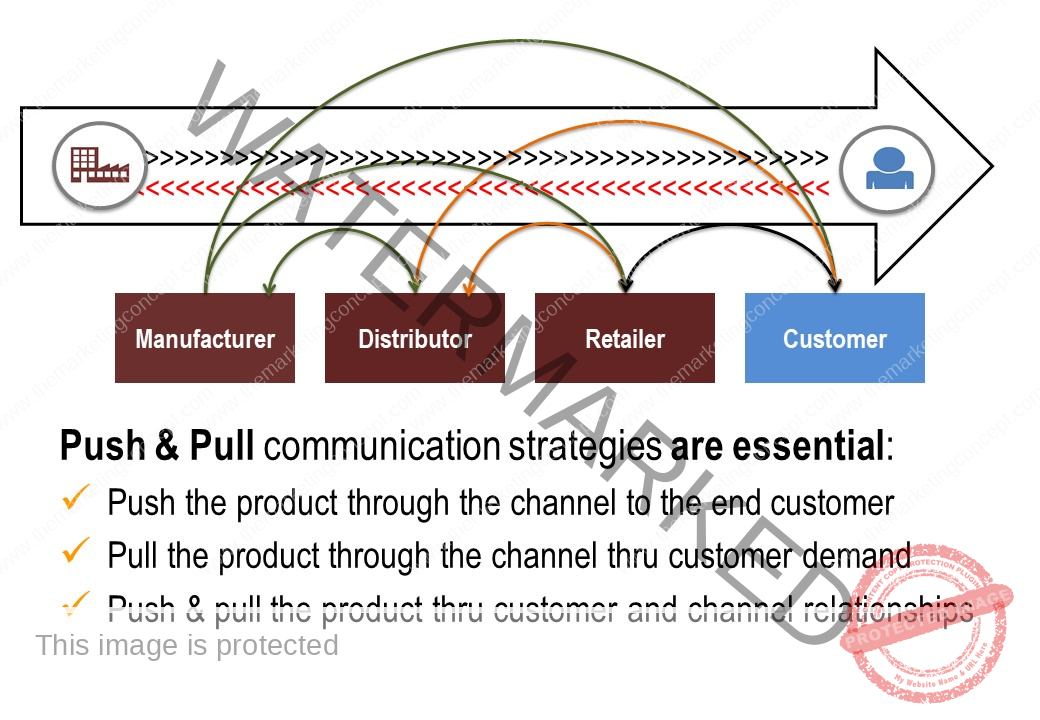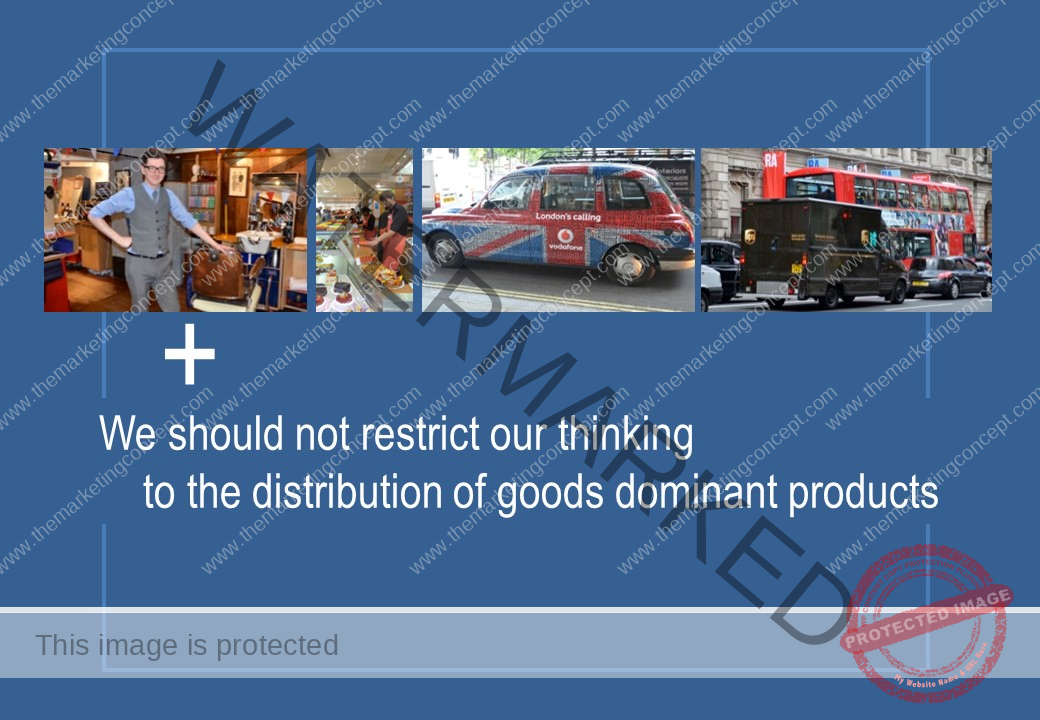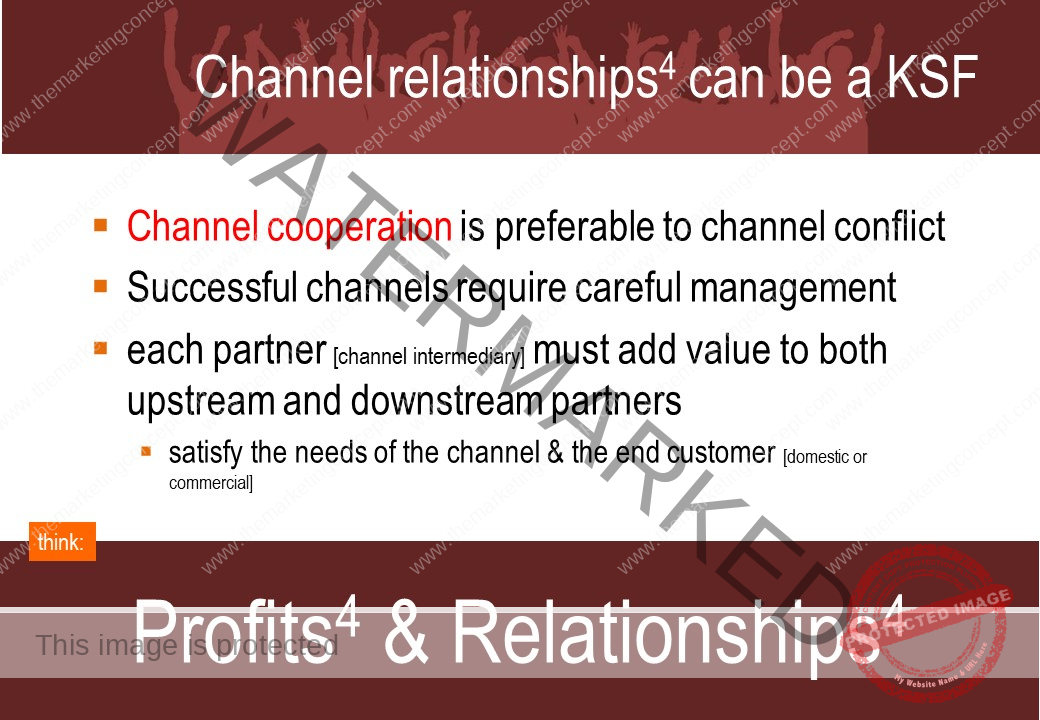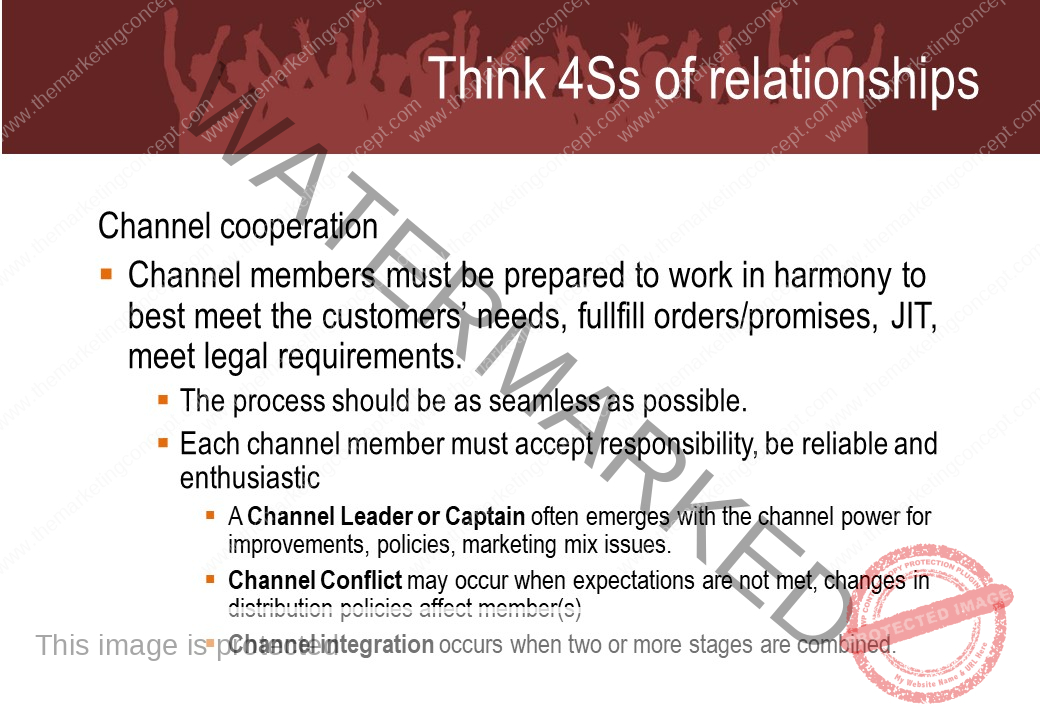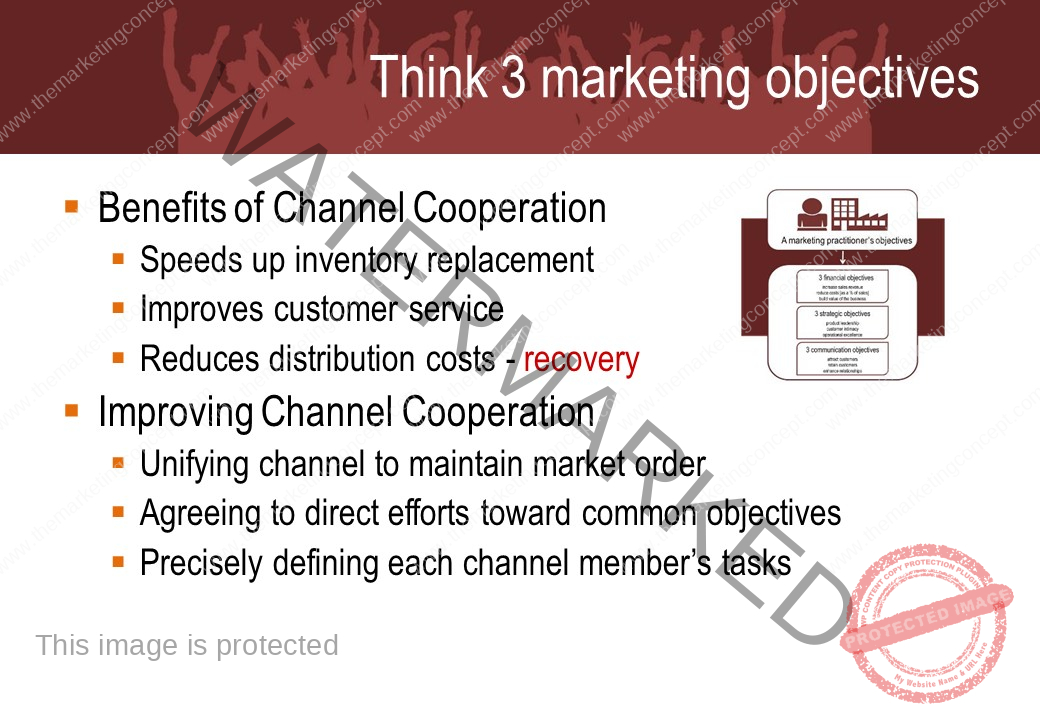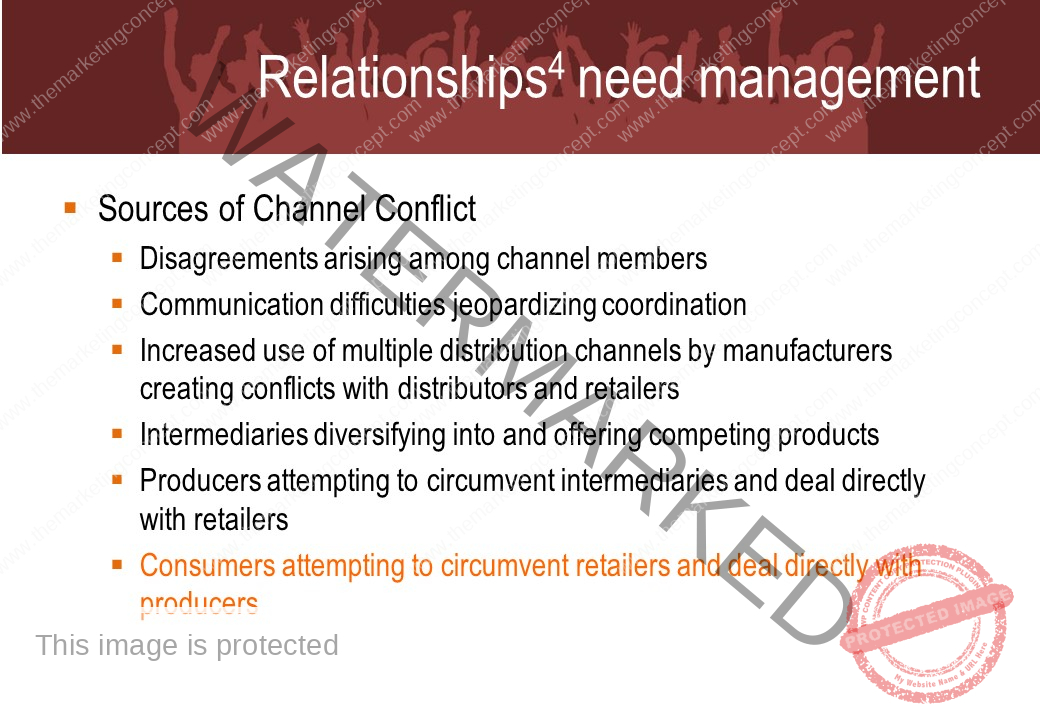marketing action plans: internal & channel marketing
Learning objectives of the chapter: After completing this chapter students should be able to demonstrate how the relational ideals outlined in the module circle of satisfaction are communicated to internal customers and channel partners.
It may pay to undertake the activity: backpacking in New Zealand prior to reviewing this chapter.
In this chapter, we will focus on internal and channel marketing. In many ways, this chapter is the application of the circle of satisfaction and the service profit chain. It is also an extension of the business-marketing planning process.
Initially, we explain the importance of internal marketing. We will present a key premise of internal and channel marketing – that customers, the organisation’s staff, and channel partners should be considered as co-producers of value. As a result, internal and channel marketing can work with and amplify an external marketing strategy.
This internal-external marketing communication mix is often referred to as a ’push-pull’ strategy. A ‘push-pull’ strategy is a mix of push tactics and pull tactics.
- Push tactics are where an organisation promotes their products through the marketing channel and pushes a product towards the end-customer
- Pull tactics are where an organisation promotes to an end-customer to generate demand and pulls the product through the marketing channel
Apple is an example of good internal marketing. Soon after his return to Apple in 1997 [he had earlier been sacked as apparently, he had little value to the company he founded], Steve Jobs addressed Apple employees – he urged them to think differently [see YouTube ‘think different’]. In his address, Jobs said,
Quote: Great products happen because a group of people care deeply about something … this is true in technology and in all other areas.
Jobs put forward the view that it requires people collaborating to produce great products. Collaboration needs to happen from the source of the idea all the way to the customer.
The idea of internal cooperation and collaboration to reach organisational objectives is not a ‘new’ idea; Drucker, (1973) states that internal, channel, and external marketing are fundamental to business success. Cooperation and collaboration are constant themes in business and even more vital in areas where knowledge and ideas need to be shared (Amabile, Fisher, & Pillemer, 2014)
Collaborating to efficiently bring products to market has been a key success factor for thousands of years. Today – technology enables the flow of appropriate and timely information between external customers, internal customers and channel partners [e.g., intranet]. Furthermore, customer-to-customer communication [e.g., social media] has also increased the need for organisations to improve internal and channel communication.
In recent years, many organisations have stressed the importance of being customer centric and adopting a relational approach. This approach is consistent with how marketing is evolving and it extends beyond external customers to internal customers and channel partners. To achieve quality relationships with external customers, progressive marketing practitioners recognise that the first step is to develop quality relationships with their own staff and channel partners. A relational approach to staff and suppliers has always been important, however, as low-cost producers ‘move upwards’ and adopt the marketing concept and practice a marketing philosophy there is increased pressure on established organisations to increase efficiencies, reduce the cost of their products [as a % of sales], and establish a unique product value proposition that positions the product favourably in the consumers’ considered set of products.
With the customer centric and relational approach in mind, we will now focus on the internal, and channel marketing activities that foster customer satisfaction and, consequently, encourage loyal customer behaviour including positive word-of-mouth advertising [WOMA+]. Whilst traditional external marketing communications focussed on attracting new customers the contemporary approach is to also focus on retaining existing customers and enhancing relationships.



